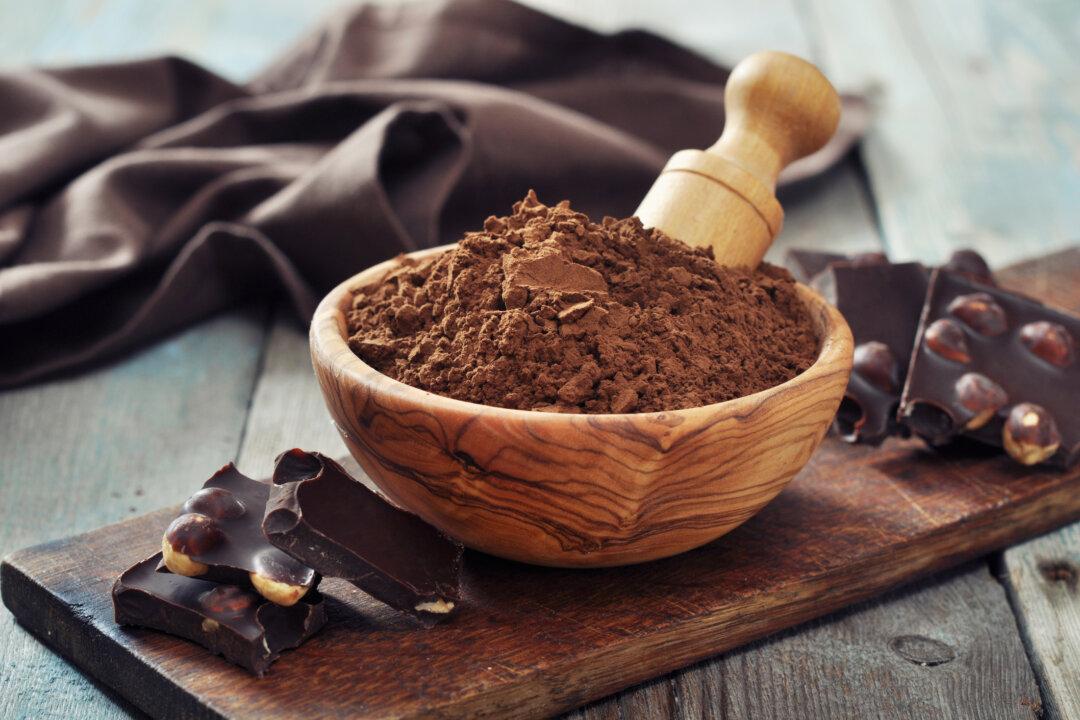A health food darling of the ’70s, carob fell out of favor and virtually vanished from the mainstream. The good news is, it’s back!
The Folklore
Carob dates back about 4,000 years to the Mediterranean region. Carob pods were used by ancient Egyptians to feed livestock (a practice still used today), and the gum made from the seeds is believed to have been used in the mummification process. This cocoa and chocolate substitute is indeed a more nutritious and healthier alternative when a chocolate craving strikes. Carob is naturally sweet, higher in fiber, and lower in fat than chocolate. It also has no caffeine, nor the bitterness of cocoa.The Facts
Carob (Ceratonia siliqua) is part of the legume family, along with beans, peas and lentils. Its fruit is a dark brown pod that resembles a bean or pea pod. The hard-shelled pod contains a sugary pulp and seeds which contain fat and minerals. The seeds produce a gum used in cosmetics and pharmaceuticals and many processed foods like baked goods and ice cream as a stabilizer and for texture. The pulp is dried, roasted and ground to make carob powder used as a cocoa, cacao and chocolate substitute in baked goods and beverages.A one and one-half tablespoon serving of carob has 21 percent DV (DV=Daily Value, based on 2,000 calories/day) of dietary fiber, which supports heart health and digestive health. Carob also contains essential minerals, including calcium and potassium, and is rich in antioxidant polyphenols.
The Findings
Rich in polyphenols, flavonoids, carbohydrates, minerals and proteins, carob leaves, bark, and seeds have a long medicinal history of treating various diseases, such as diarrhea, diabetes, and hypertension, due to its antioxidant, antidiarrheal, antibacterial, antiulcer, and anti-inflammatory activities (Plants, 2023).Research shows the potential of carob extract, rich in pectin, gums, and polyphenols, to support a balanced gut flora, improve glucose metabolism, and help in the management and prevention of chronic diseases like diabetes and obesity. Carob also has a small environmental footprint, allowing larger cultivation during long periods of warm temperatures and drought, making it suited to a sustainable Mediterranean dietary pattern (Foods, 2022).
The Finer Points
The drying process of carob pods completes in August, when they begin to fall from the tree. They are sold as pods, both raw and roasted, as powder (also called carob flour), chips, syrup (also called carob molasses), and extract. Carob can be a one-to-one substitute for cocoa and chocolate chips in recipes as a healthier alternative. Try it in baked goods, cookies, granola bars, trail mixes, overnight oats, and yogurt—anywhere you use cocoa powder or chocolate chips. It has a unique flavor, so a half-and-half mix of cocoa and carob might be a good way to begin.Dear Readers: We would love to hear from you. What topics would you like to read about? Please send your feedback and tips to [email protected].





